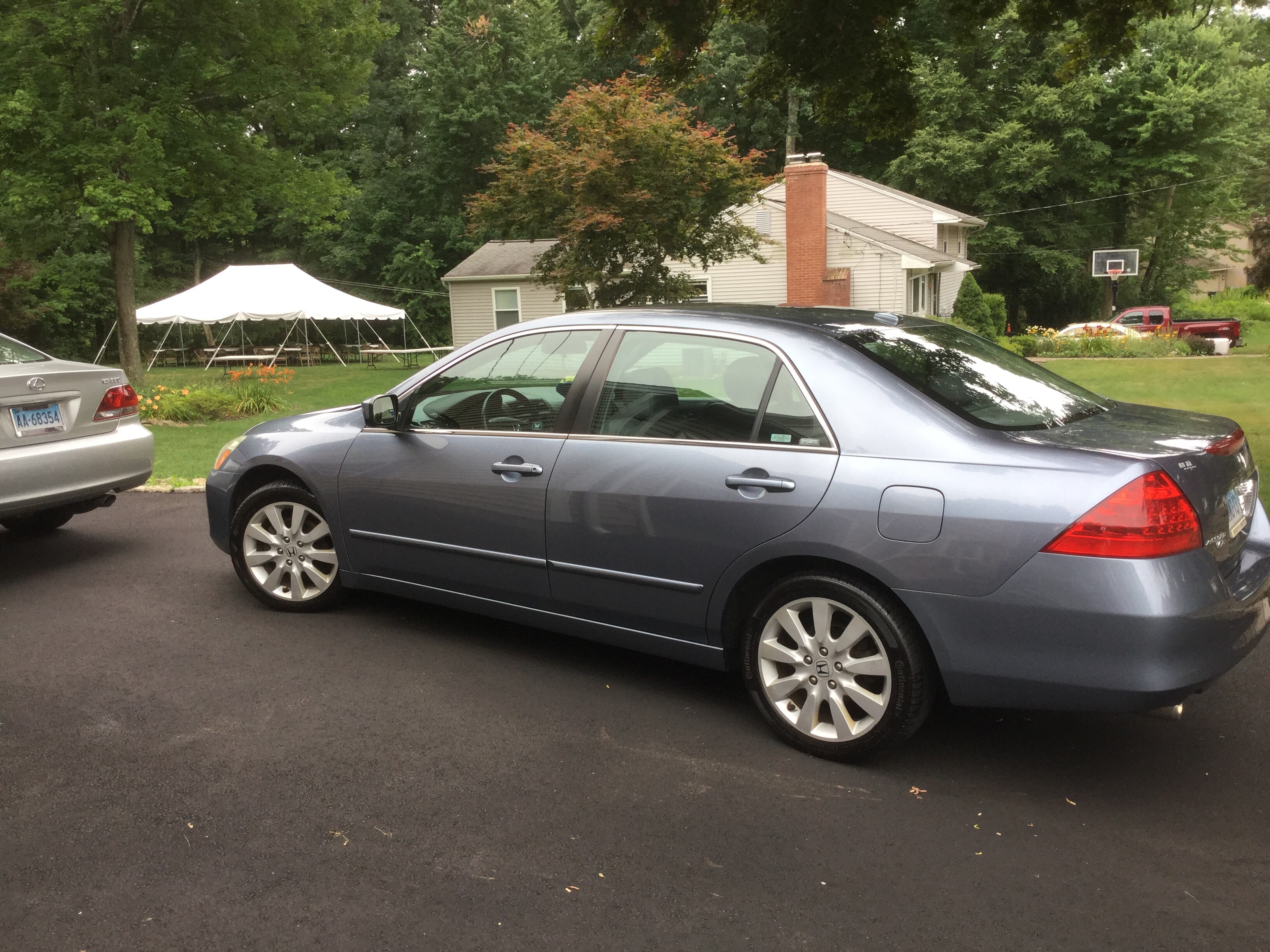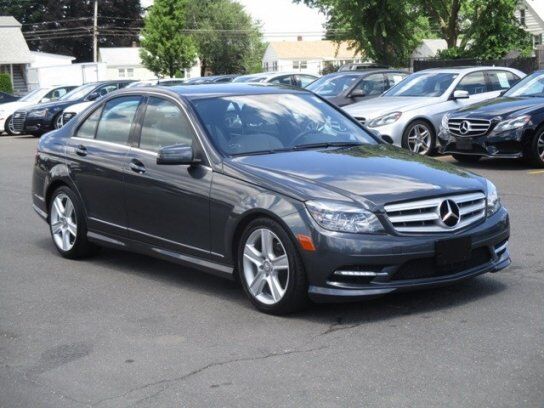
Like so many Americans today, I have a bad habit of Impulse buying. But, is there a way to curb impulse buying?
A very good article, Five Reasons We Impulse Buy, gives some very good reasons why many of us impulse buy.
For me it was triggered when my wife and I had to take her Explorer into the dealership for service. I love exploring all the new and used vehicles in the lot.
If you are like me, you sometimes use this time to justify the purchase of a new car for yourself. Whether it is new or preowned, you calculate the payment, how much you can put down and you then justify the need for this new vehicle.
In past articles and my most recent post I mentioned that in order to secure your financial future you have to get rid of your debt. Car debt is one of those large debts you have to get rid of, for good.
How to Eliminate the Urge
Yesterday, after being at the dealership and seeing the myriad of deals on new and preowned vehicles, I knew I couldn’t give into that same feeling I get when it comes to a new car. I justify the purchase and head down to the dealership and buy the car.
But, I am changing my ways because it feels exhilarating not having a car payment and it frees up my money for other investments. However, that feeling alone is sometimes not enough to curb my appetite for a new car, especially when I think I can afford it.
My mentor has challenged many of us in our Success Academy to purchase your next vehicle with cash. He has even given us a blueprint he follows that allows him to do this and I want to share some of that with you first.
Buy a New Car Every Three Years
Travis’ blueprint is quite simple and I am going to reveal some of it here. His blueprint will allow you to purchase a car every three years with cash.
Here are the simple steps:
- Payoff your existing car loan
- Continue saving that monthly car payment for the next three years
- Purchase a car based on the amount you have saved
It really is that simple. Imagine walking into the dealership the next time you have to bring your wife’s car in and picking out your next vehicle and writing a check for it.
How cool would that be? Let’s review each step and give you some ideas of how to adjust them to your particular situation.
1) Payoff Your Existing Loan
There are a couple of ways to do this. For starters, you can tack on an extra payment every month.
Currently, we own three cars, one is paid off and the other two will be paid off this year. My wife tacks on an extra $100 to each loan which rapidly reduces the life of the loan.
The other way to do it is to sell your car right now if it will produce enough cash to payoff the loan. If you can’t do that (or won’t do that), the first option is your best option until it is either paid off or you can sell it.
If you want to sell it, but you owe more than it’s worth, paying more per month as well as reducing the amount of mileage you put on the vehicle will help you.
Cars values are inherently tied to mileage as well as condition. So you have to ensure you manage these two things correctly.
So how can you minimize your mileage? That depends on what you use the car for.
If your car is mainly used to get back and forth to work, you may consider ride-sharing with a co-worker. Or you could take the bus if there is a line to your work.
For us, when our oldest got her driver’s license, we bought an older well valued car for my wife and allowed our daughter to take the new Explorer.
Because she only puts about 6 miles on it a day, that coupled with the extra payments have allowed the value of the vehicle to surpass the loan amount.
Also, we use to take the Explorer whenever we made long trips for vacation. Now we factor into our vacation fund a rental vehicle.
2) Save Your Monthly Payment
Once you have paid off your car, continue making that monthly payment to your savings account.
You are going to use this money for any maintenance required, but ultimately, you want to save this payment for next three years, but the time frame is your choice.
For some, this payment will yield a large amount of cash over the next three years, especially if you own a vehicle in the picture of this blog.
For others, if it is going to be smaller, you have some choices. You can add to it or you will just buy an older car that holds value.
That brings up a side bar; Research vehicles that hold value the best as well as have fewer maintenance issues.
For those that want a BMW or Mercedes, you are going to have to wait. Although they hold their value, these vehicles are expensive to buy and maintain, so choose wisely.
3) Purchase Your Next Car
This step seems simple, but you can add a twist or at least factor in maintenance.
I currently own a 2007 Honda Accord. For one, they hold their value quite well, but more importantly, they are not expensive to maintain.
Furthermore, I have very few issues (Knock on Wood).
Remember, the value of your existing car can go to your purchase of your next car or to your car savings account.
So if over three years, you have saved up $10,000 and your current vehicle can be sold for $2,000, you can either purchase a $12,000 car or save that $2,000 for your next purchase.
This is where research will payoff.
For example, Kelly Blue Book has a great feature called AutoCheck. It allows you to compare vehicles against similar cars for predicted reliability.
This alone will allow you to determine in advance what vehicle will not only cost you less in maintenance, but also pick a car that will hold value better.
For my personal situation, I have determined based on what my car is worth today and what I paid for it, how much value it loses each year.
Although this number isn’t going to be exact, it gives me a good idea of what I will have in the future and which cars are a good value.
In my particular case, I have $4,000 saved now and my car is worth $6,700. However, I am not going to purchase another vehicle for at least three more years.
Based on what I save each year and my current savings, I will be able to purchase another Honda Accord (Newer of course) and pay cash.
Eliminating That Impulse Purchase
The last and final step is to eliminate the urge to purchase something you don’t have the cash for. The other day while at the dealership they had a pre-owned Lincoln with low mileage and a great price.
Unfortunately, it is $17,000 more than I have the cash to purchase it.
So a way I control that urge to justify the small loan with a large downpayment is to detail my existing car.

Although it isn’t a new car and it certainly isn’t a Lincoln, it looks like it did when I first purchased it.
Detailing your car will do wonders for your pride when you drive it around. Best of all, I have all but forgotten about that Lincoln.
The Lincoln is a great goal for me to achieve someday, but with my car looking like this, I will keep it until the wheels fall off.
And if you can get your car to look this good after 9 1/2 years, you may just end up buying a similar one and saving that $30,000 for something else.
After all, how much time do we really spend in our cars that justifies shelling out over $30k for them.
You could use that money for down payments on rental properties that generate cash flow.
A Final Thought
If the blueprint I’ve given you today just doesn’t do it for you, there is an alternative.
Robert Kiyosaki shares this blueprint in one of his books, Rich Dad, Poor Dad.
When he wanted to purchase a Porsche, he didn’t have the money to buy it. He is not an advocate of bad debt and car loans in his eyes are bad debt.
But, he just needed to fulfill that urge to own one, so he saved up the money for a downpayment and calculated what the loan payment would be.
He then went out and purchased enough rental properties that would generate the cash flow needed for the car payment.
Once he did that, he went into the dealership, made a large down payment and secured a loan. The cashflow from the rental properties paid for the car.
The best part was when he paid off the loan, he still had that cashflow coming in. He could then save that to be able to purchase his next car.
If you have a car payment today of $500 per month or more, that is $6,000 per year or more you could save.
In three years, you would have enough cash to purchase one of these:


Those aren’t bad choices and best of all, you will actually own it the minute you drive off the lot.
So take the challenge my mentor has given us. Although I have tweaked it, I will most likely be driving a car similar to the Mercedes and still have enough cash to buy the Nissan.
That’s the power of controlling your Impulse Buying.
If you enjoyed this article, please use the button below to share with your friends.
If you would like more content from JPCashFlow.com, be sure to subscribe to our email list and follow us on social media.
Thanks for your readership!
Leave a Reply